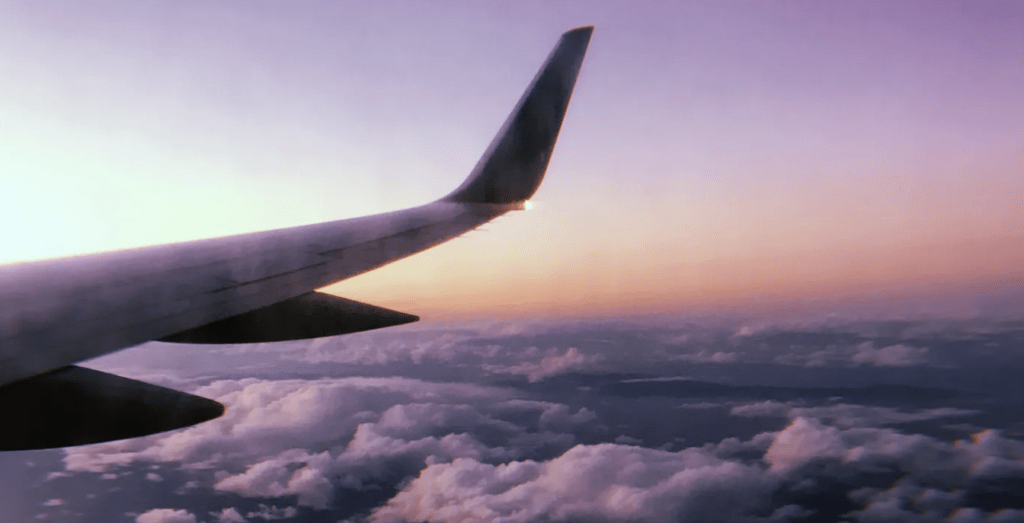Fulfill your wanderlust without breaking the bank.
Everyone needs a vacation once and a while, the problem is finding affordable adventures that don’t propel you into debt and post-vacation blues. To experience the world for its vast array of cultures and beautiful scenery, one might assume you need a hefty savings to engage in the luxuries of traveling. However, simply being creative and mindful in the way you plan your trips, is most effective in creating affordable excursions that don’t leave you scrambling for extra income. Below are 5 methods to help alleviate the financial burdens of traveling:
Book overnight red-eye flights and during the week.
Normal flight hours during the day and weekend often have much higher customer demand, resulting in an increase in overall ticket fares. By researching flights that are scheduled overnight and also during the week, offers more likelihood of booking prices that are significantly lower with more availability in comfortable seating opportunities. These nighttime/weekday flights are filled at lesser capacity, making in air travel more affordable and less stressful with fewer people aboard red-eye bookings. In turn, you could save hundreds and have more money to spend on the things you really care about during your vacation.
Use alternative hotel options such as Air BnB, Hostels, or Campgrounds.
These short-term housing programs can not only decrease the amount you might be spending, but also provide fun ways to experience unique architectures and different types of people. If you are one that likes to make friends, you can easily book a hostel oftentimes at anywhere under the cost of 50 dollars per night. Maybe you like to connect with nature, and reserving a campground space can set you directly in a scenic landscape whether it be in seclusion, or near other campers expressing their same desire to engage with the Earth’s offerings. And for the introverts out there, the many different housing options of private Air BNB listings can also be a much cheaper alternative to hotels that are usually unique in their architecture and building style. (As seen in this secluded Big Sur Air BNB listing below, which is less than half the cost per night of alternative surrounding hotels in the area such as the Post Ranch Inn).

Avoid using credit cards that don’t redeem travel credit.
Accruing and paying off debt is the last thing you should be worried about when it comes to planning your vacation. By eliminating the use of credit cards entirely before and during your vacation, can help to alleviate those financial burdens and post-vacation blues that might arise as a result of credit card spending resulting in long term bills. If you are going to use a credit card to make purchases on your travels, consider using programs that redeem travel credit that can go towards bills such as your plane tickets, restaurant transactions, and even various excursions. Thoughtfully using travel credit in these instances can provide opportunity to engage in the activities you love, without requiring you to pay those bills off once you are already back home.
Fast food and takeout.
I know you might be thinking, “Why would I go on vacation just to eat fast food or takeout?” The answer is that restaurant prices are going up directly with inflation, and a simple dinner at any given restaurant can almost parallel the costs of a single night stay in a hotel or Air Bnb. You more than likely have similar restaurants at home, so eliminating the costs of the serving experience by eating fast food, or even takeout from the restaurants you want to eat from in your vacation hot spots can save you an enormous amount of money that can be placed towards activities you want to experience during your travel journey. Even if you splurge on a meal or two in a beautiful restaurant for two nights of dinner, just be mindful of the other meals you purchase that could be much more affordable during your stay and that might ultimately save you money.
Stay away from tourism hotspots.
Overpriced, crowded, and underwhelming is how I would describe most tourism hotspots. Take Hanauma Bay in Oahu for example, which is a snorkeling hotspot that requires you to pay an entrance fee of 25$, watch a 9-minute orientation, and to take a shuttle from the main entrance lot to where the snorkeling is actually located. 1400 guests are permitted entrance per day, which means you can expect at least 40 other people doing the excursion with you at the same time. So in order to experience the acclaimed snorkel site, you have to pay and deal with the tourism prices and overcrowding. Versus the various other free locations across the island such as Waikiki Beach and Turtle Bay which are free to access, and offer arguably the same sea life experience. This type of dynamic applies to all popular hot spots in travel destinations, which will attempt to capitalize on certain locations that are more than likely similarly available in other free areas where tourists aren’t. So just keep in mind where you choose to plan your excursions, as these tourism hot spots are intended to keep you spending.
So what are you waiting for? The time is NOW to travel, and you can easily do it with mindful preparation/awareness of how you are spending before and after your amazing vacations!
